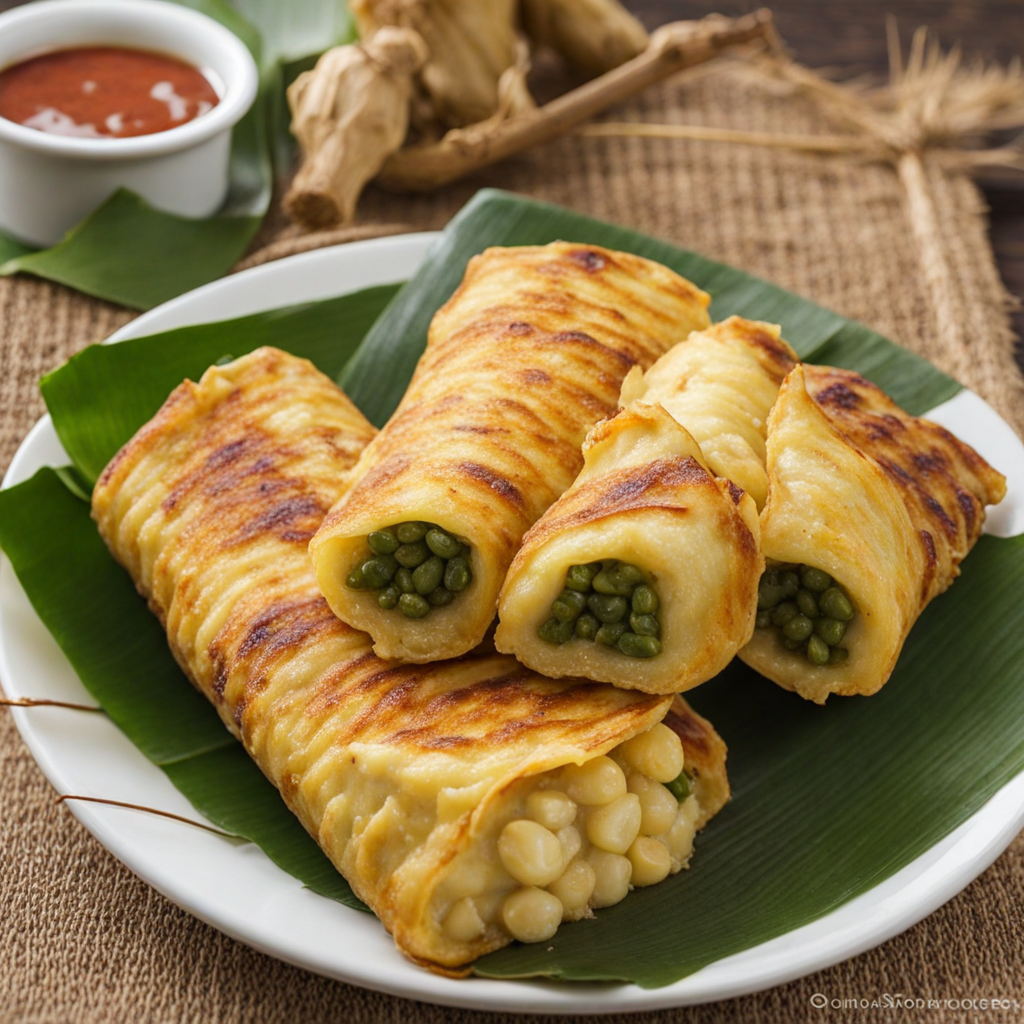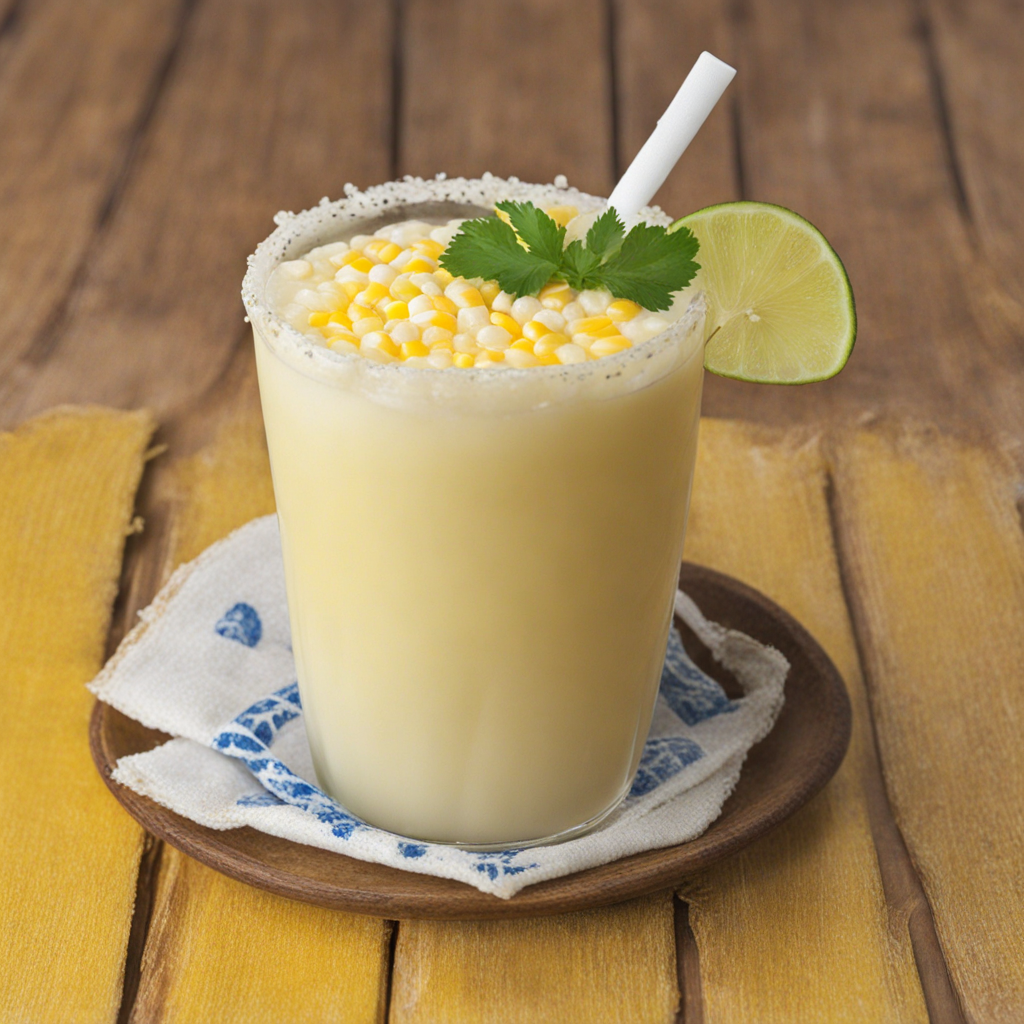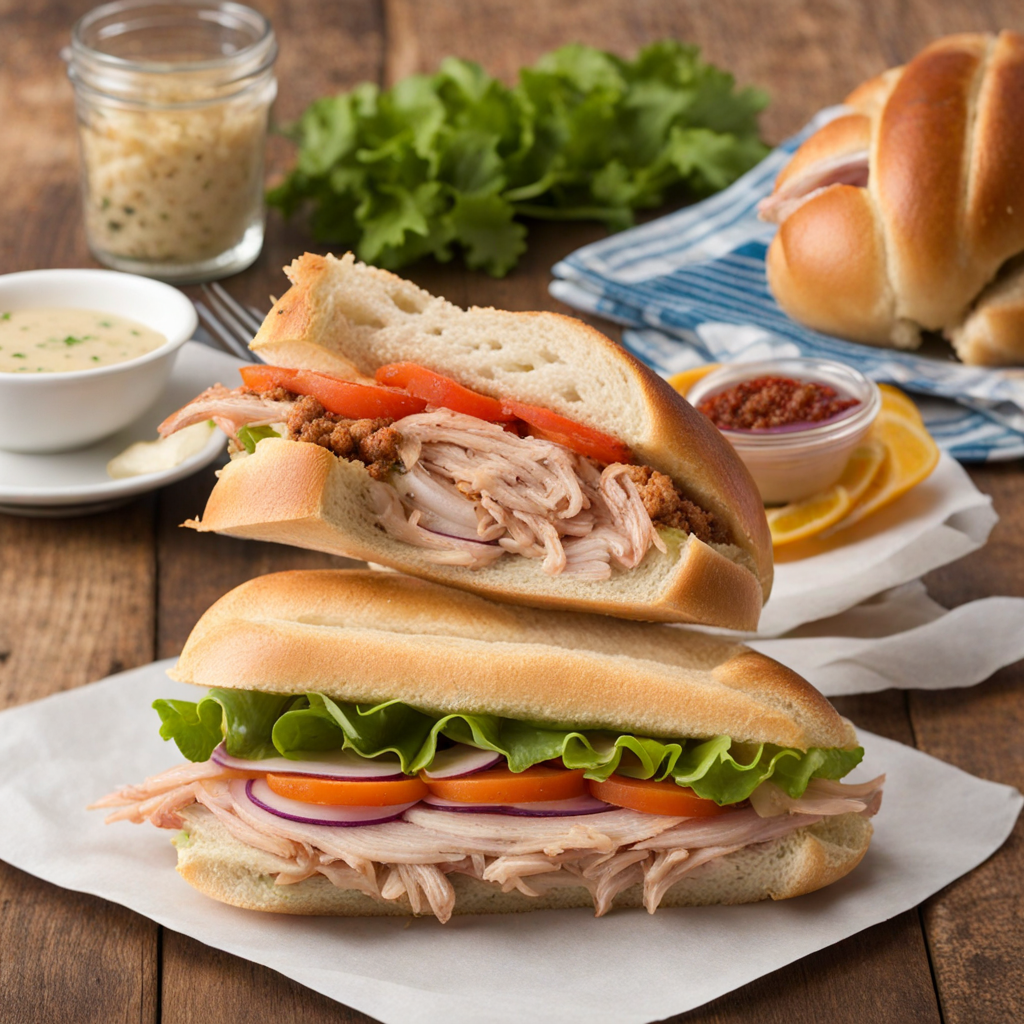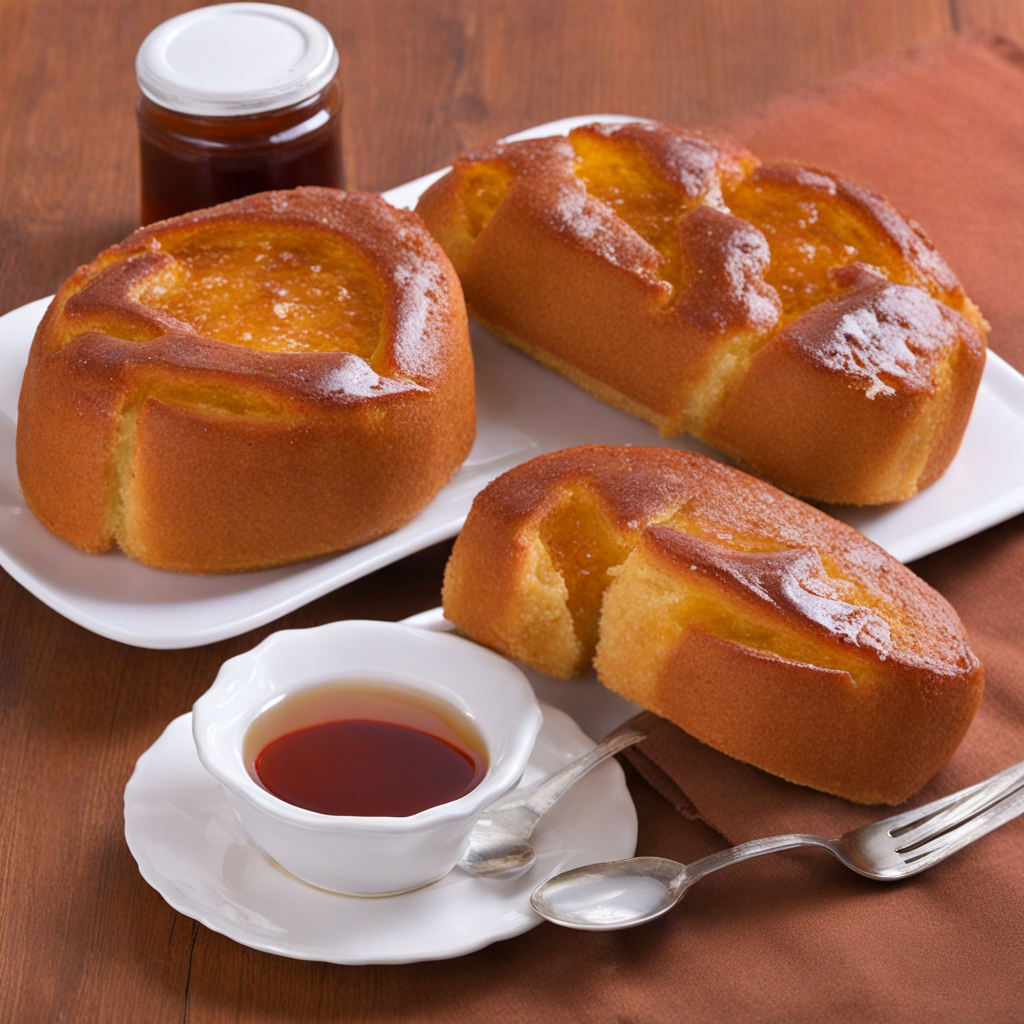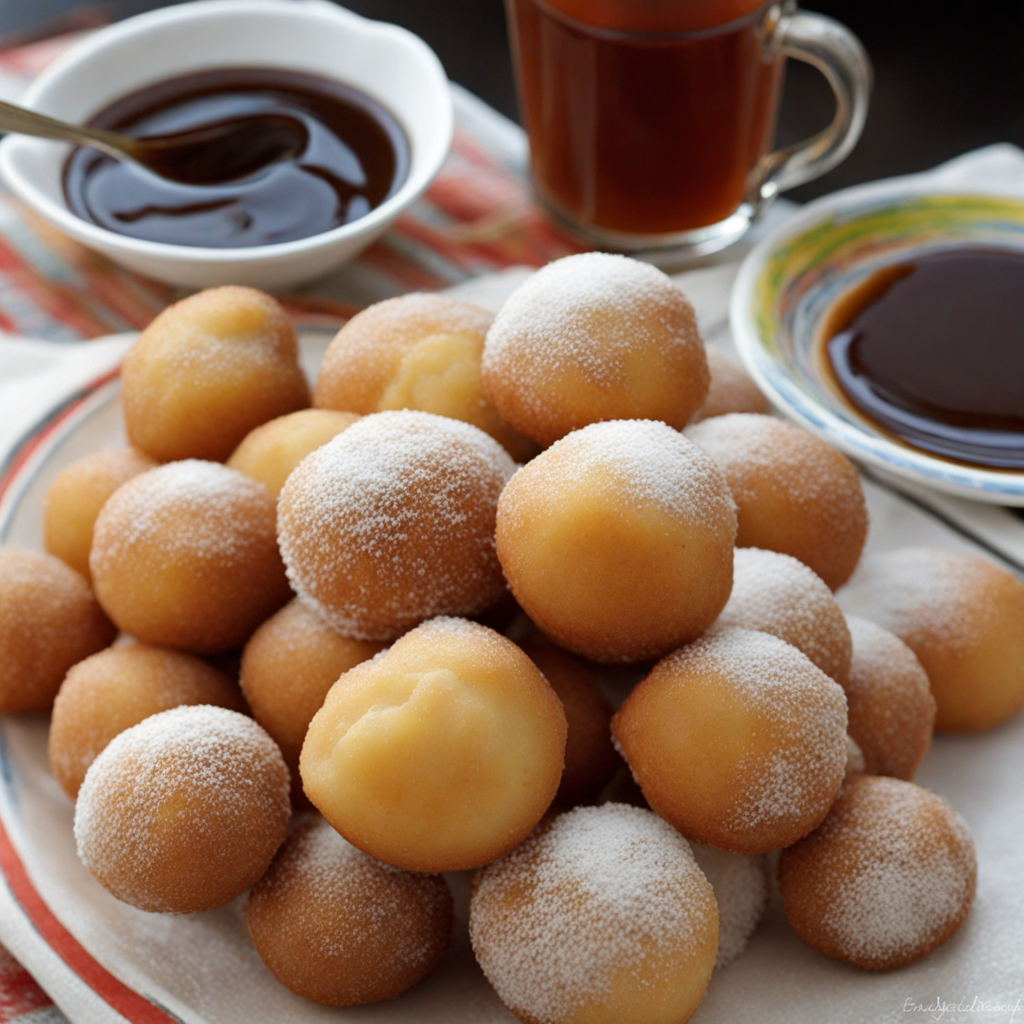Riguas
Riguas are a delightful traditional dish from El Salvador, showcasing the rich flavors and textures of Central American cuisine. Made primarily from corn, these savory treats are akin to thick corn pancakes or tamales. The dough is prepared using masa harina, which is mixed with fresh cheese, typically queso fresco, and then formed into small cakes. The addition of fresh herbs, such as cilantro, enhances the flavor profile, making each bite a celebration of vibrant, earthy tones. Riguas are often enjoyed as a snack or a side dish, and their versatility allows them to be paired with a variety of salsas or sauces, adding an extra layer of zest to the experience. Once cooked, Riguas have a wonderfully crispy exterior while maintaining a moist and fluffy interior. The golden crust is achieved by pan-frying or baking, giving them a satisfying crunch that contrasts beautifully with the soft, cheesy center. The subtle sweetness of the corn is complemented by the savory notes of the cheese, creating a harmonious balance that is both comforting and satisfying. This dish is often served warm, making it an ideal comfort food, especially during gatherings and celebrations where family and friends come together to enjoy traditional Salvadoran fare. Riguas are not just a treat for the taste buds; they also embody the spirit of Salvadoran culture. They are often enjoyed during special occasions, family meals, or street food stalls, where you can savor them fresh off the grill. The dish invites you to explore the culinary heritage of El Salvador, offering a unique taste experience that reflects the country's agricultural roots. Whether enjoyed on their own or as part of a larger meal, Riguas promise a delightful adventure for anyone looking to expand their palate and appreciate the diverse flavors of Central America.
How It Became This Dish
The History of Riguas: A Culinary Treasure from El Salvador Origins and Ingredients Riguas is a traditional Salvadoran dish that showcases the rich agricultural bounty of El Salvador, particularly its corn, which is central to the country’s culinary identity. The origins of riguas can be traced back to the indigenous peoples of Mesoamerica, who cultivated maize long before the arrival of the Spanish in the 16th century. Corn has been a staple food in Central America for thousands of years, and it holds a sacred place in the culture and mythology of many indigenous groups, including the Pipil, who inhabited the region that is now El Salvador. The basic ingredient of riguas is masa (corn dough), made from nixtamalized corn, which is soaked in an alkaline solution to enhance flavor and nutritional value. The dough is then combined with fresh cheese—often a type of soft, crumbly cheese known as quesillo—and wrapped in banana leaves before being cooked. This method of cooking, known as “hornear,” imparts a unique flavor and texture to the dish. Cultural Significance Riguas is more than just a food item; it is a symbol of Salvadoran identity and community. Traditionally prepared for festive occasions such as Christmas, New Year’s, and family gatherings, riguas embodies the spirit of togetherness and celebration. The process of making riguas is often a communal activity involving family members, where the preparation becomes a social event filled with laughter, storytelling, and bonding. In Salvadoran culture, food serves as a medium for expressing love and care. Riguas, with its warm and comforting flavors, is often associated with home and nostalgia. The dish is also emblematic of the “pueblo” (people) and rural life, as it reflects the agricultural practices and the natural resources of the region. The act of harvesting corn and preparing riguas links the Salvadoran people to their land and heritage, reinforcing a sense of belonging and continuity. Development Over Time As El Salvador underwent social, political, and economic changes throughout the centuries, so too did its culinary practices, including the preparation of riguas. During the colonial period, Spanish influences began to permeate local cuisines, introducing new ingredients and cooking techniques. However, the core components of riguas—corn and cheese—remained fundamentally tied to indigenous traditions. In the 19th and early 20th centuries, the rise of urbanization led to changes in food production and consumption patterns. Many rural Salvadorans migrated to cities in search of better opportunities, which led to a fusion of traditional and modern culinary practices. While riguas continued to be made in homes, they also began to appear in urban markets and street vendors’ stalls, making the dish accessible to a wider audience. This commercialization of riguas helped to preserve the dish while also allowing it to evolve. In recent years, there has been a resurgence of interest in traditional Salvadoran foods, driven by a new generation of chefs and food enthusiasts who seek to honor and revive their culinary heritage. This has led to innovative interpretations of riguas, incorporating contemporary flavors and cooking techniques while still respecting the traditional methods. Some chefs experiment with different fillings, including vegetables, meats, and even sweet variations that appeal to modern palates. Riguas in Contemporary Salvadoran Cuisine Today, riguas is celebrated not only in El Salvador but also among Salvadoran communities abroad, particularly in the United States. As Salvadorans migrated and established diaspora communities, they brought with them their culinary traditions, ensuring that dishes like riguas continued to thrive. In areas with significant Salvadoran populations, you can find restaurants specializing in traditional cuisine, where riguas is often featured prominently on the menu. The dish has also found its way into cultural festivals and events celebrating Salvadoran heritage, where it is often served alongside other traditional foods such as pupusas (stuffed corn tortillas), tamales, and yuca frita. These events highlight the importance of food in cultural preservation and communal identity, offering both Salvadorans and non-Salvadorans an opportunity to experience and appreciate the flavors and stories of El Salvador. The Future of Riguas As global culinary trends continue to evolve, the future of riguas seems bright. The increasing interest in authentic, traditional foods has sparked a movement towards sustainability and local sourcing, which aligns perfectly with the values embodied in the preparation of riguas. Many chefs are now focusing on using locally produced ingredients, supporting small-scale farmers, and embracing traditional methods, which not only enhances the flavor of the dish but also strengthens community ties. Furthermore, as more Salvadorans share their culinary heritage on social media platforms, riguas has gained visibility beyond its traditional boundaries. Recipes are being passed down through generations, and contemporary adaptations are being shared, ensuring that the love for this dish endures. The revival of interest in traditional foods also resonates with the growing movement towards cultural identity and pride among younger Salvadorans. They are exploring their roots and embracing the culinary traditions that define them, ensuring that dishes like riguas remain a vital part of their cultural fabric. Conclusion Riguas is a culinary jewel that encapsulates the history, culture, and identity of El Salvador. From its ancient indigenous roots to its modern interpretations, this dish tells a story of resilience, community, and tradition. As it continues to evolve and adapt, riguas stands as a testament to the enduring power of food to connect us to our heritage and to one another. In every bite, the flavors of El Salvador’s rich agricultural landscape and vibrant culture come alive, inviting us to savor not just a meal, but a shared history.
You may like
Discover local flavors from El Salvador


